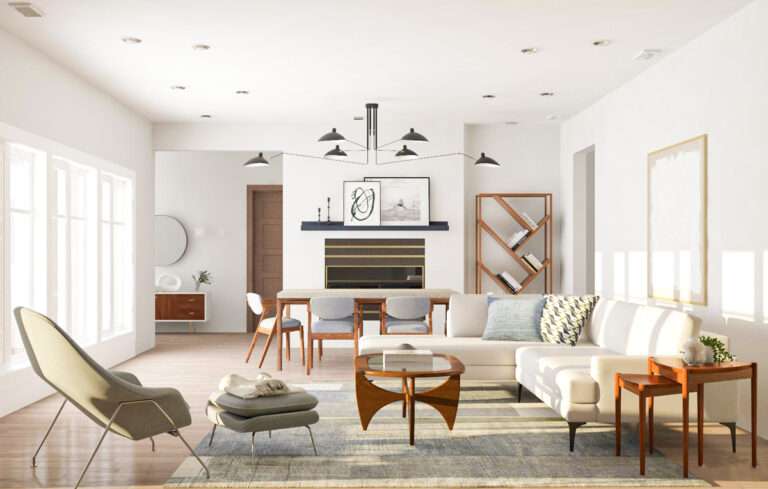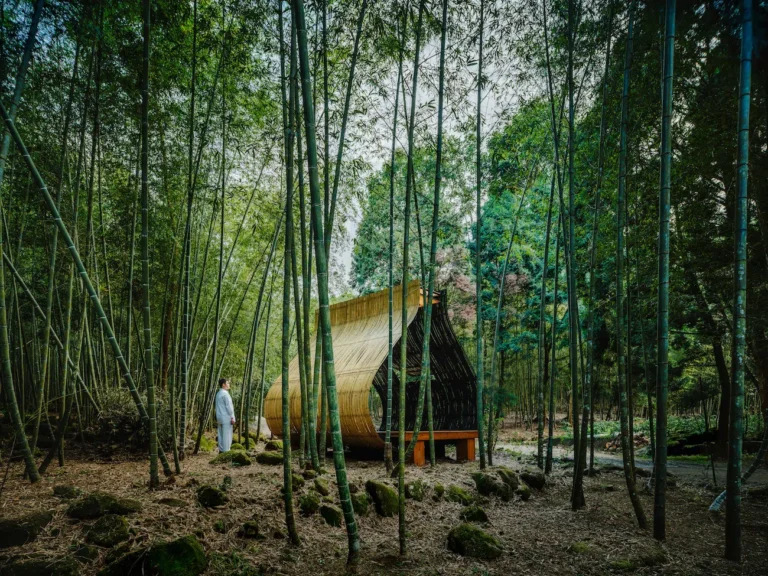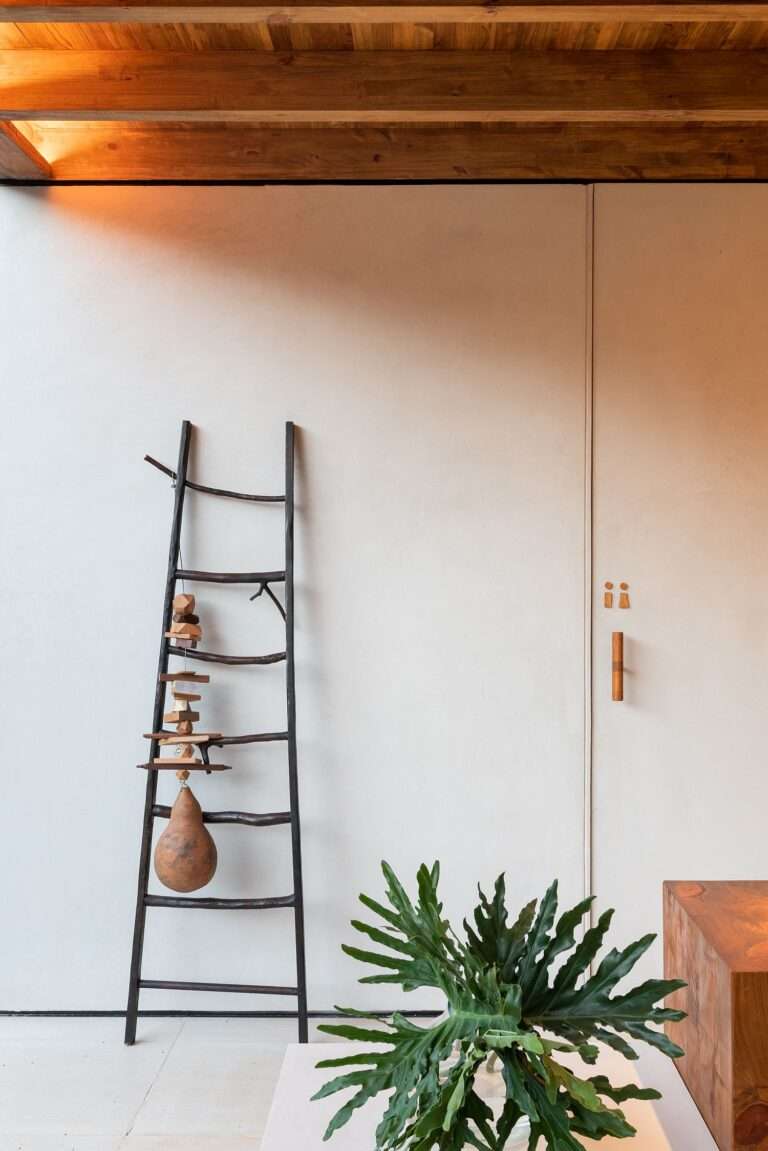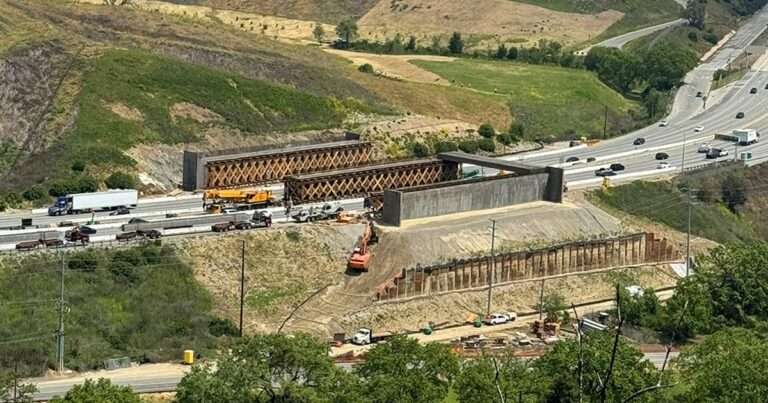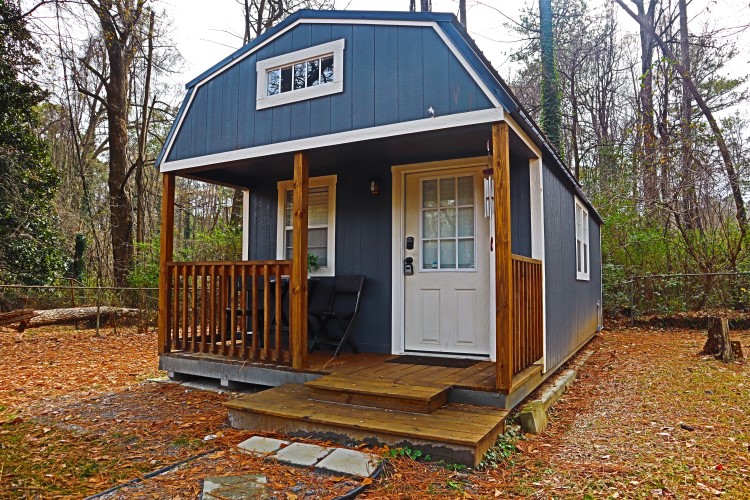
A woman named Precious Price is a force of nature. As a digital marketing expert, she helped brands with their content strategy. And when she was able to purchase her first home, she transformed it into a career-changing investment. When Price was just 25 years old, she took advantage of extra space in her Atlanta backyard and constructed a 300-square-foot tiny home. While she initially rented it to tourists, she’s since moved in herself and has rented out her main home.
This decision, which was motivated by the national housing crisis and the lack of travelers during COVID, nets her more than enough to cover her mortgage and the expenses of the tiny home. Now, freed up from her living expenses, she’s able to invest in her own dreams. And, always the entrepreneur, she now lends her expertise to others looking to create smart financial decisions with real estate and has even started a company, Gather, that helps others build an ADU, or accessory dwelling unit.
As she empowers others to look at new avenues for financial freedom, Price is setting a precedent. You can be young, you can be a woman, you can be a person of color, and you can make smart decisions to meet your personal financial goals. We had the pleasure of chatting with Price about what made her take a look at tiny living, how her parents taught her to be financially responsible, and what it’s like being a landlord. Read on for My Modern Met’s exclusive interview.
[embedded content]
When did you first hear about tiny homes, and was it a lifestyle you always thought that you could adapt to?
I first heard about tiny living and minimalism back in 2018 after stumbling on a few YouTube creators who were documenting their tiny living journeys in converted vans and RVs. In the beginning, I toyed with the idea of converting a van and simply traveling the country. I’ve always enjoyed traveling and don’t consider myself extremely materialistic, so I knew it was definitely a lifestyle I could get behind.
However, after doing a bit more research on van conversions, I realized that though that route could provide good fulfillment and adventure, it didn’t necessarily align with my financial goals or the ROI [return on investment] I was looking for with my own downsizing project. After purchasing my first property and noticing the extra backyard space, I knew that a backyard tiny home would be my next best bet.
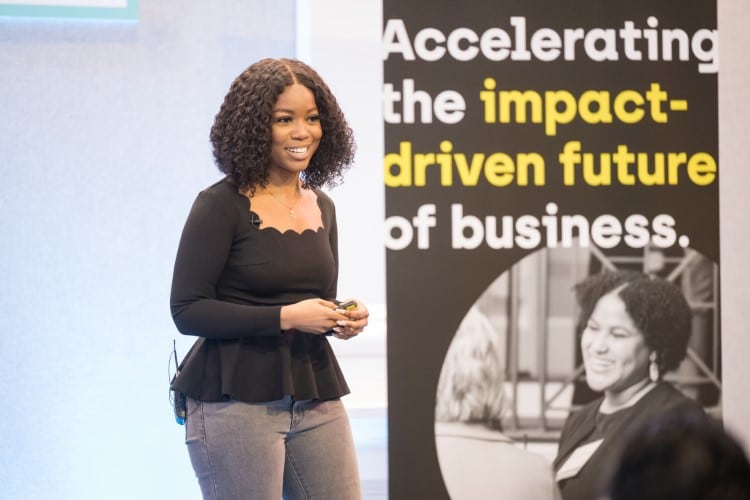

You are clearly very financially savvy. Is that something that has always been instilled in you? Where did you get your financial prowess?
Growing up, financial literacy was a hot topic in our household, so I have to give credit to my parents for instilling that value in me. I didn’t grow up wealthy or rich by far, but my parents just made it a point to teach both myself and all of my siblings the principles of budgeting, saving, credit, and even entrepreneurship because they realized how not knowing those principles during their childhood stunted their growth.
A core memory I have is finding a credit card in my parents’ bedroom with my name on it. Naively, I asked if I could keep it and use it myself and was surprised when the answer was no; I mean, it had my name on it! It was later explained to me that I was added as an authorized user on the credit card. I didn’t grasp the magnitude of this until I was preparing to buy my first car, and, even later, my first house, and my credit score was already 800!
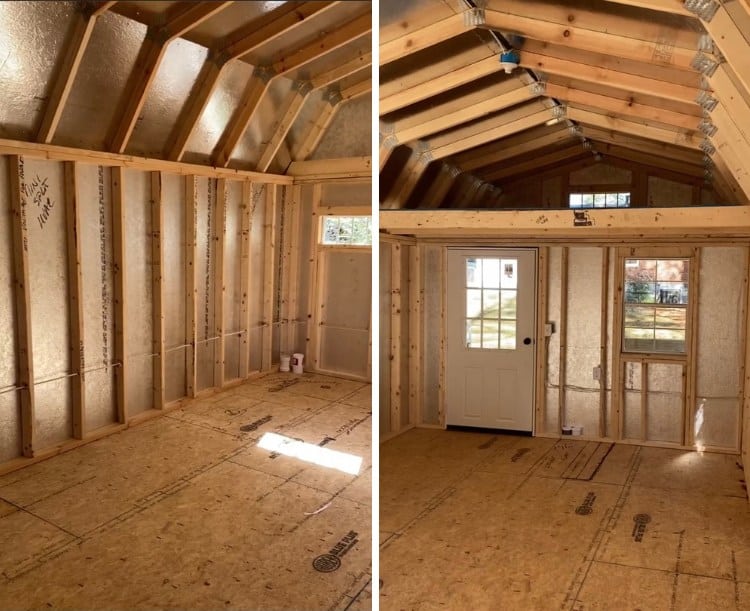

What was the most difficult part of the process in terms of getting the home up and running?
Ugh, the backyard tiny house build experience came with tons of peaks and valleys—especially during COVID. I’d say the most difficult part of the process was clearly identifying what steps needed to be taken to make a project like this happen. It’s easy to think you can just order a structure online, have it delivered, and boom, you’re good. But there is so much that needs to happen prior to any shovel hitting the ground.
At the time—and even now—there wasn’t really a central resource that outlined the steps that needed to be taken regarding zoning, permitting, and even connecting utilities for an ADU or accessory dwelling unit build. So constantly calling the city and receiving different answers based on who I spoke with on what day had to be the most difficult part of the backyard ADU process.
What has been the best and worst thing about living in a tiny home?
The best thing about living in a tiny home has got to be never truly misplacing anything. When you’re limited on space in terms of living arrangements, everything has a place. So it’s nice knowing exactly where all of my things are at any given moment.
The worst part would have to be whenever I get an urge to have friends over to just hang out or catch up. I used to really enjoy hosting holiday parties or gatherings, but with the limited space, I’ve definitely had to cut back. It has allowed me to get a bit creative though, and now I incorporate the outdoor/backyard area into any plans for gatherings. It’s all about balance.
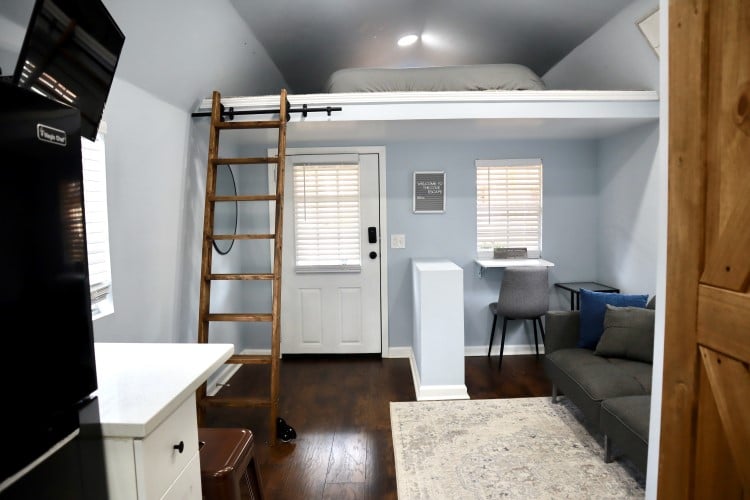

What’s the best and worst thing about being a landlord?
Any landlord will tell you that landlord life is certainly not for the weak. However, I find fulfillment in being able to offer reasonably priced housing to populations that are truly in need—students, medical workers, and the like. In this market, there are so many people struggling to keep a roof over their heads. So positioning myself as a part of the solution and providing adequate housing keeps me in this game. The worst part of being a landlord might have to be the responsibility of it all. Everything falls on you as the home- or business owner.
How has this move changed your life, both financially and from a personal perspective?
The biggest change has been totally eradicating my own housing expense, which has always been a goal of mine. Of course, I still have the mortgage, but now that each room or suite in the primary home is rented, this completely covers expenses for both the primary home and ADU; allowing me to keep more money in my pocket and save. From a personal perspective, this move into the backyard tiny home has pushed me deeper into a sense of gratitude—fully realizing and trusting that I have everything I need in this season of my life. It’s also provided a hefty amount of security for myself and even my family. I know that this is always a place either myself or a family member could utilize if an emergency arises, and I also know that when life changes, it’ll be an income-producing asset.
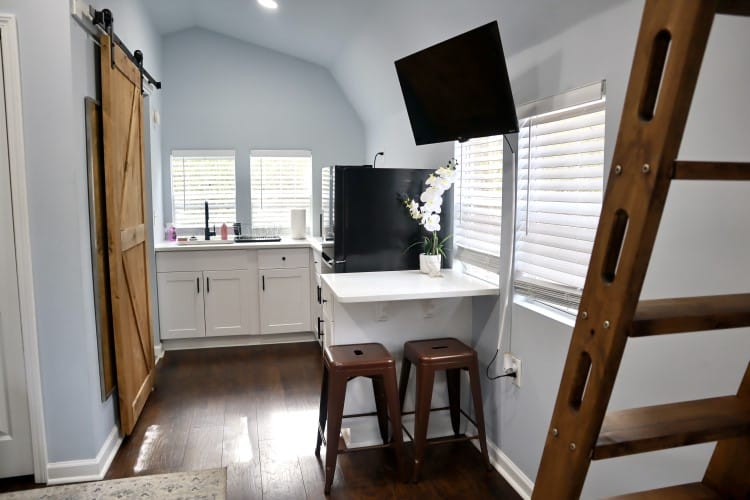

How long do you envision staying in the tiny home?
I always knew tiny living would be temporary for me since one of my major goals is to live and work abroad. Thanks to downsizing and having the ability to save more of my income, I am definitely on track to meet that goal by early 2024.
What would be your biggest piece of advice to young people looking to become homeowners without putting themselves in a precarious financial decision?
My biggest advice for young, prospective homebuyers is to start where you are. Don’t focus on trying to acquire 10 doors in the beginning. Just focus on getting rid of or minimizing your own living expenses, whether that is through getting a roommate or moving in with family. From there, you have the mental clarity—and financial means—to take a bigger next step. I’d also add that it’s important to understand your first home is likely not your “forever home.” So weigh your risks, but don’t overthink it. With real estate, you never lose. You either win, or you learn.
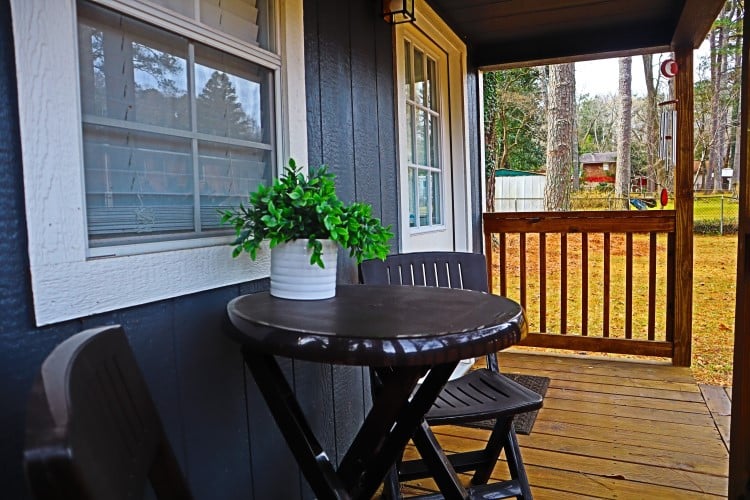

What do you hope that others can learn from your story?
If people get nothing else from my story and journey, I just hope that they pick up on the principles of delayed gratification and collectivism. There was tons of planning and waiting that allowed me to get to this point, and the driving factor of it all wasn’t just about me but also the people around me that I care about and my broader community.
Precious Price: Website | Instagram | YouTube
My Modern Met granted permission to feature photos by Precious Price.
Related Articles:
Home Depot Is Selling a Modern Tiny Home Kit Complete With a Rooftop Deck
Nomadic Couple Transforms Ordinary School Bus Into Chic Tiny Home on Wheels
College Student Didn’t Like Dorm Life, So He Built a Tiny Home on Wheels for $15,000
This YouTube Channel Takes You on Fascinating Tours of Tiny Homes Around the World

